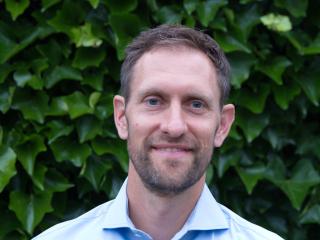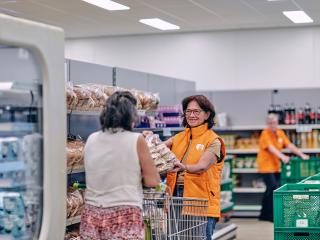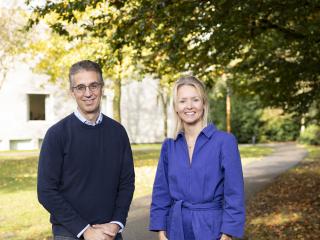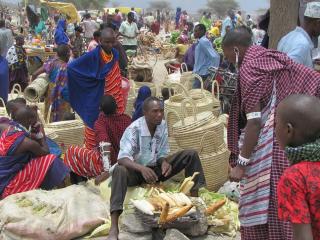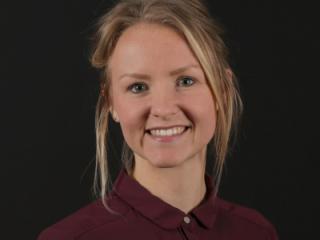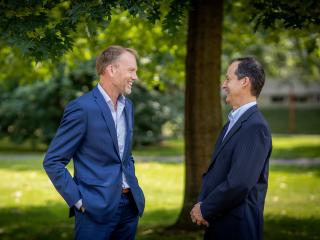Child Growth Monitor
Tilburg University's Zero Hunger Lab was asked to develop the AI algorithm that measures body parameters, such as height, circumference, and weight from images. The algorithm can be included in the app to enable automatic detection of malnutrition in children all over the world.
How well can we predict the b0dy shape dimensions from the body shape images?
Approximately 800 million people in the world go to bed hungry; 200 million of them are children and 5.6 million avoidable infant deaths are caused by malnutrition (according to statistics of the WFP, the UN, and the World Bank ). Timely detection of child malnutrition through adequate measurements is crucial for treatment. World Health Organisation statistics show that only 35% of malnourished children are adequately measured. Manually measuring height and weight is time consuming and often inaccurate.
Detection of malnutrition
Body measurement is the widest metric used to determine malnutrition. The German organization Welthungerhilfe is working on the development of a mobile application that makes body scans of children and automatically calculates their height and weight via a customized AI model. According to the standards of the World Health Organization, height, weight, waist and upper middle arm circumferences are some of important measurements to detect malnutrition in children.
Algorithm by Zero Hunger Lab
Tilburg University's Zero Hunger Lab is asked to develop the AI algorithm that measures body parameters, such as height, circumference, and weight from images. The algorithm can be included in the app to enable automatic detection of malnutrition in children all over the world.
The research starts with training and evaluating deep neural networks on a dataset of virtual body shapes. Subsequently, the best network configurations will be trained and evaluated on real-life data collected by Welthungerhilfe in India.
Read the interview with researchers Eric Postma and Hezha Mohammedkhan
Read the interview in the New Scientist Zero Hunger Lab special:
Virtual child growth monitor | Tilburg University
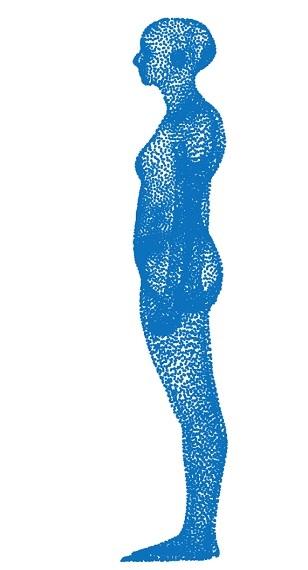
News
Also interesting
-
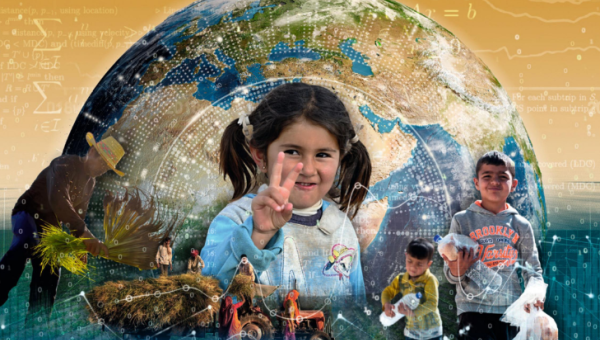
Zero Hunger Lab
Tilburg University’s Zero Hunger Lab is a research group that aims to achieve global food security through the power of data science.
More information -
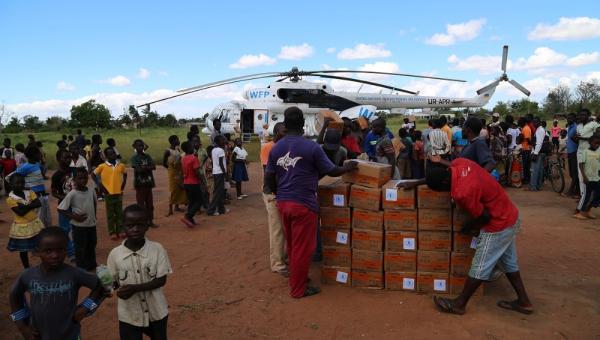
Model OPTIMUS and its collaboration with World Food Programme
The UN approached Tilburg University with the challenge of optimizing the supply chain in crisis situations using data analytics.
More information -

Project Enhance: Cost of Diet
How can we all be provided with food, especially in times of global distress or famine? Through AI and Big Data, the Zero Hunger Lab aims to answer these questions with Project ENHANCE.
More information -
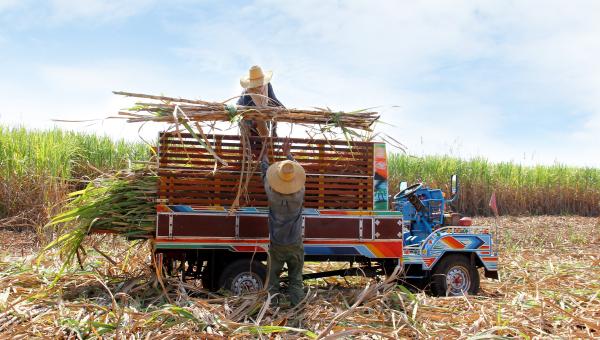
Fair and sustainable supply chain for sugar cane
Solidaridad asked the Zero Hunger Lab how they could use data to contribute as much as possible to the development of a fair and sustainable supply chain of sugar cane and palm oil.
More information

